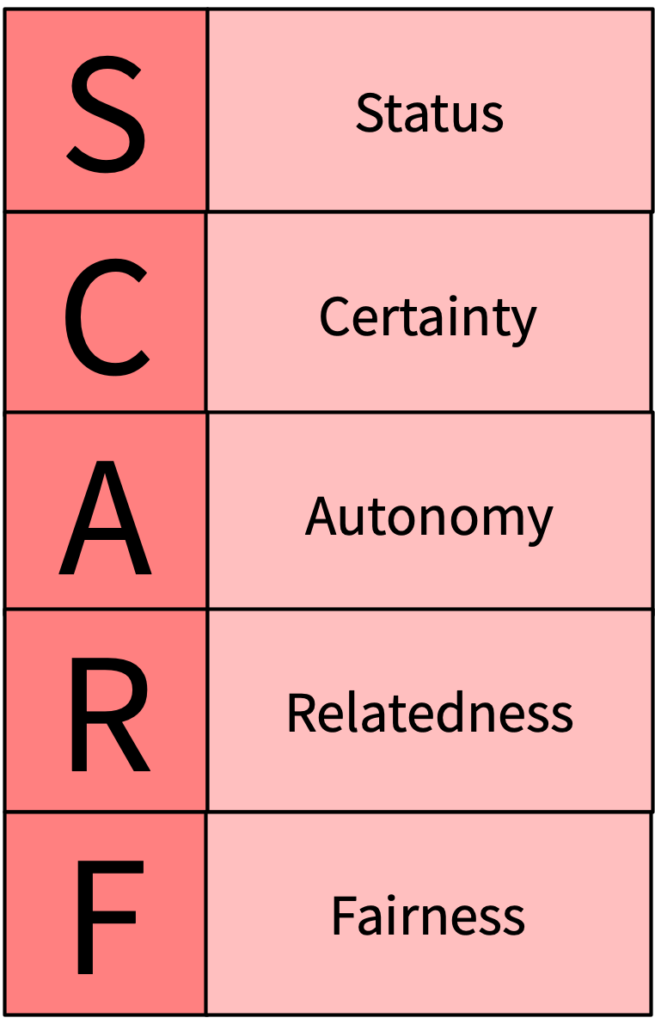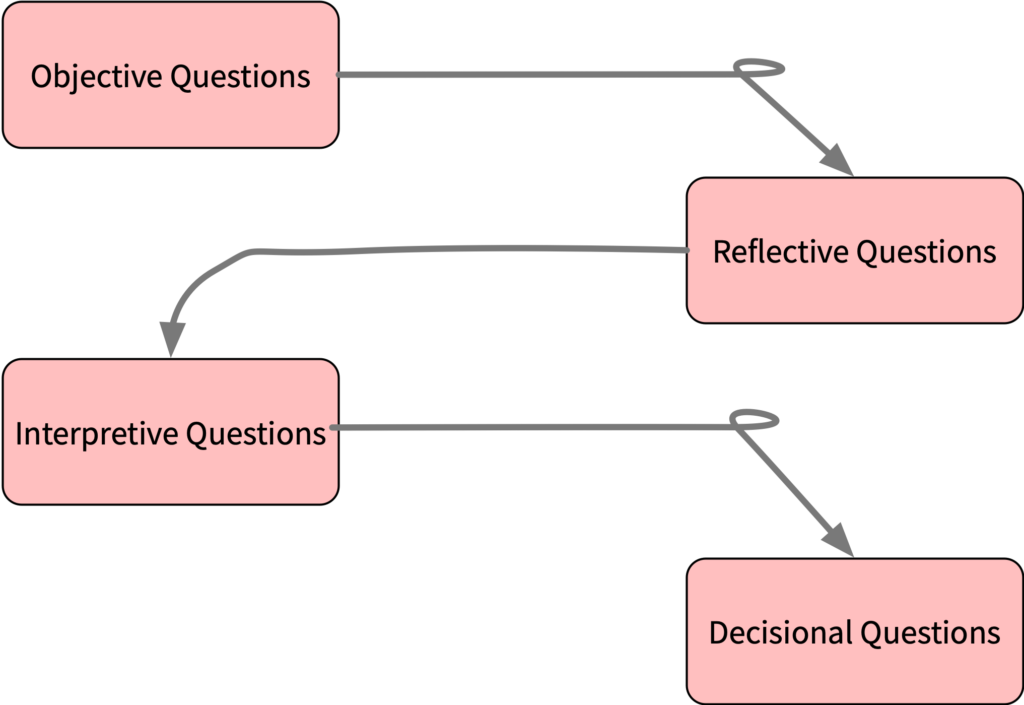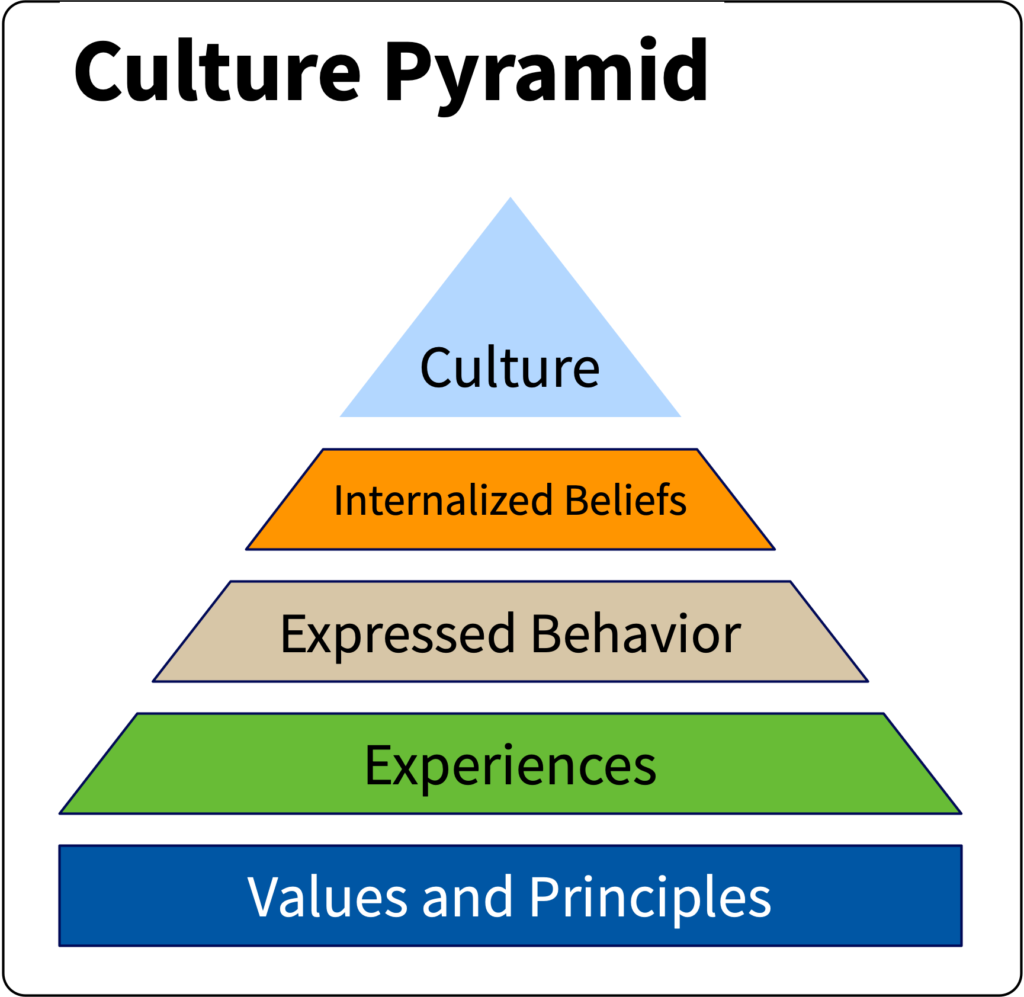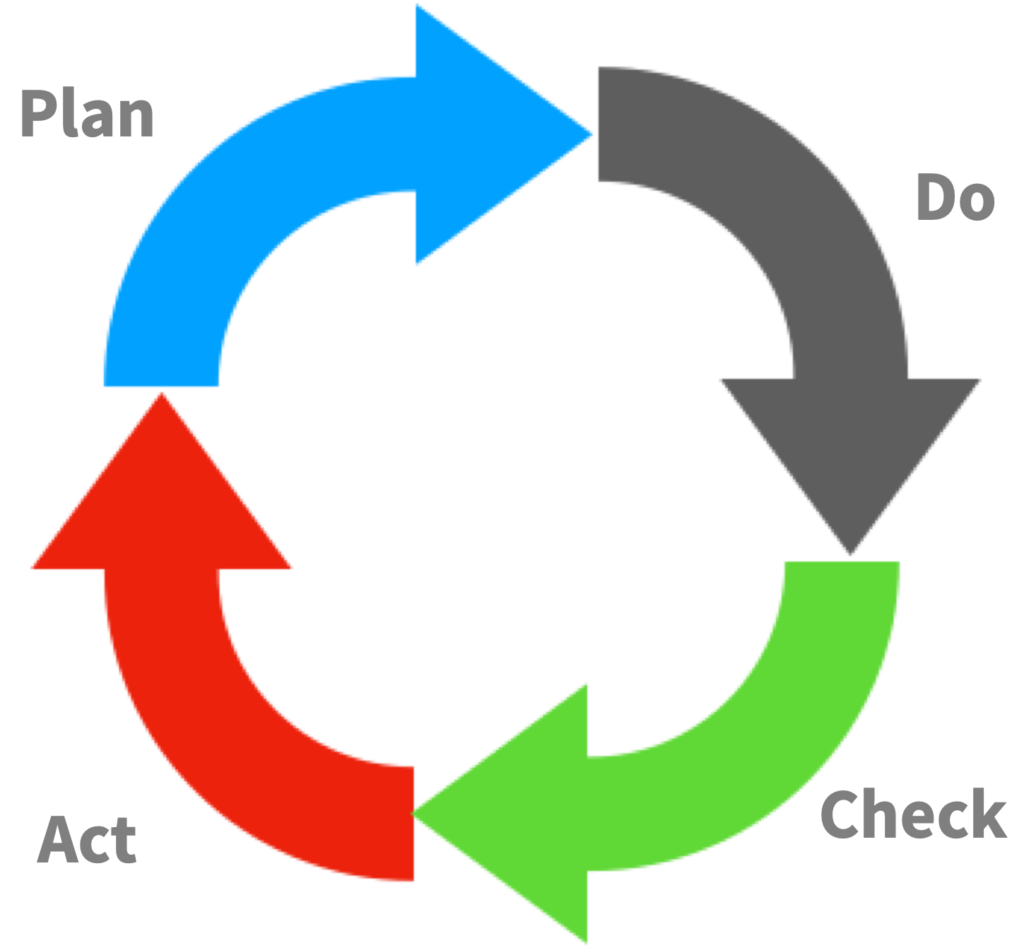Create a safe environment
Underlying the demand for a psychologically safe environment are three central ideas:
- The brain treats many social threats and rewards with the same intensity as physical threats and rewards.
- The ability to be creative, make decisions, solve problems, and collaborate with others is generally diminished by a reaction to a threat.
- Threat response is more intense and frequent, and often must be carefully minimized in social interactions
Become a catalyst

As a leader, I often have the reflex to take things into my own hands or determine exactly how they should be implemented – after all, in technology companies in particular, the fact that I’m good at this is often the reason I get promoted. So nothing could be further from the truth.
There’s a catch, though: it doesn’t scale and it ignores the essential reason I’m a leader: I don’t lead.
In this chapter we talk about ways out of this trap. How do I do what is best for the effectiveness of the
e
s overall system? What is the best way to develop my employees? How do I become a catalyst for them and my area of responsibility?
Drive relevant and purposeful interactions
If I want to implement my role as a catalyst, the most important element is that I get involved with people. Develop empathy while being – as we have seen – authentic and consistent.
The next question is what my goal statement is: I want to focus everyone on advancement and help them deal constructively with obstacles and mistakes. In English, one also speaks of a “growth mindset”.
Finally, I need tools for the most important interaction: the conversation. We will discuss one technique (“ORID”) here as an example.
Understand your influence
How do I make an impact? It is helpful to be aware of the ways in which my actions (and, as a basis, my thinking) affect me.
Certain aspects are general: people make experiences, they adjust their behaviour accordingly. In the long run, this influences opinion about what is “normal” – as a collective opinion, we call this culture.
Of course, things are not so simple and unidirectional, but interactive and cyclical, so there’s plenty of material for discussion here. In the team context, the focus is on interactions (and some structures, such as the aforementioned Safe Space); in the corporate context, the focus shifts to structures, policies, governance, and so on.
Actively use feedback
The whole idea of agility revolves around the shortening of feedback cycles, around better adaptation to new circumstances or: gaining future decision-making bases from the past.
We’re talking about empirical management. of situational awareness, of situational leadership and adaptive strategy – it is always the same basic idea.
Active use of feedback is one of the cornerstones of good agile leadership, if you will.



